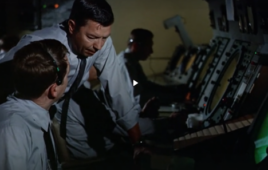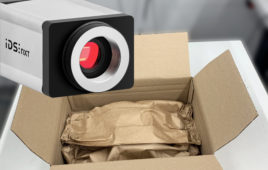A new industry-backed study suggests that the wireless infrastructure rules changes up for a vote before the FCC next week could save $1.6 billion through 2026.
The report, commissioned by CTIA and compiled by Accenture Strategy, found that reviews of small cell installations under the National Historic Preservation Act and the National Environmental Policy Act cost the industry $36 million last year, or one-third of overall deployment costs.
Total costs were also projected to climb as deployments of small cells, which will be needed to support 5G networks, increase from about 13,000 last year to 138,000 this year and 821,000 by the end of the study window.
Through 2026, the report forecasted that NHPA- and NEPA-related costs would add up to more than $2.4 billion.
“However, if regulatory reforms could reduce the proportion of reviews required by nearly two-thirds, $1.56 billion would be available for redeployment over this period, which could have a substantial impact on 5G deployment and overall benefits to the U.S. economy,” Accenture analysts wrote.
The report was issued a week before the FCC is slated to vote on a regulatory package to modify environmental reviews of select cell towers and lift federal oversight of small cells, including NHPA and NEPA reviews, altogether.
FCC Commissioner Brendan Carr, who introduced the proposal, suggested that small cells, like WiFi routers, signal boosters and other unlicensed equipment, should not be treated like conventional cell towers.
“To win the global race to 5G, we need to accelerate small cell installations and reduce the costs of deployment,” CTIA President and CEO Meredith Attwell Baker said in a statement. “The FCC’s common sense proposal will cut the cost of rolling out tomorrow’s wireless networks by over a billion dollars and speed their availability to communities across America.”
Filed Under: Industry regulations




